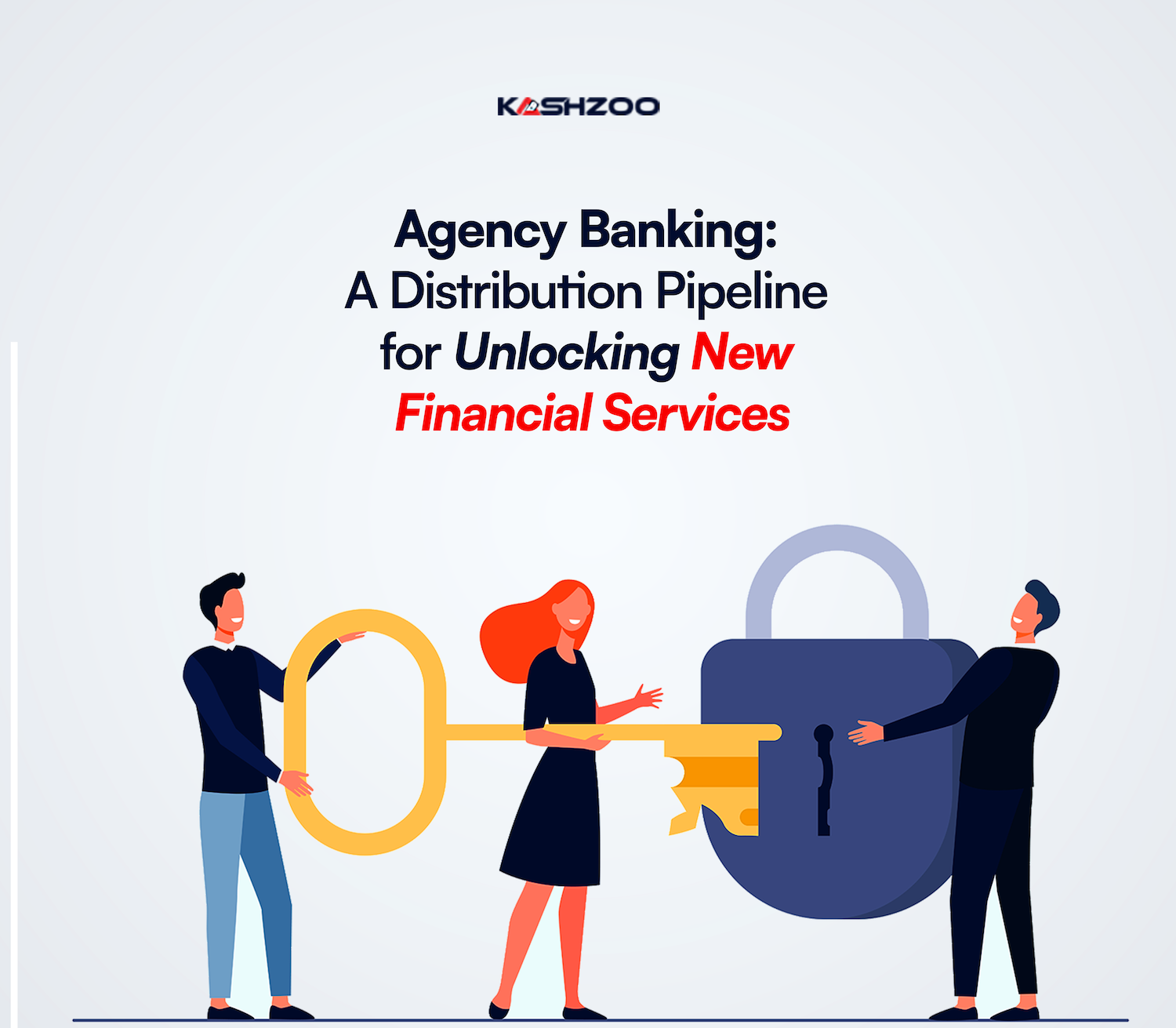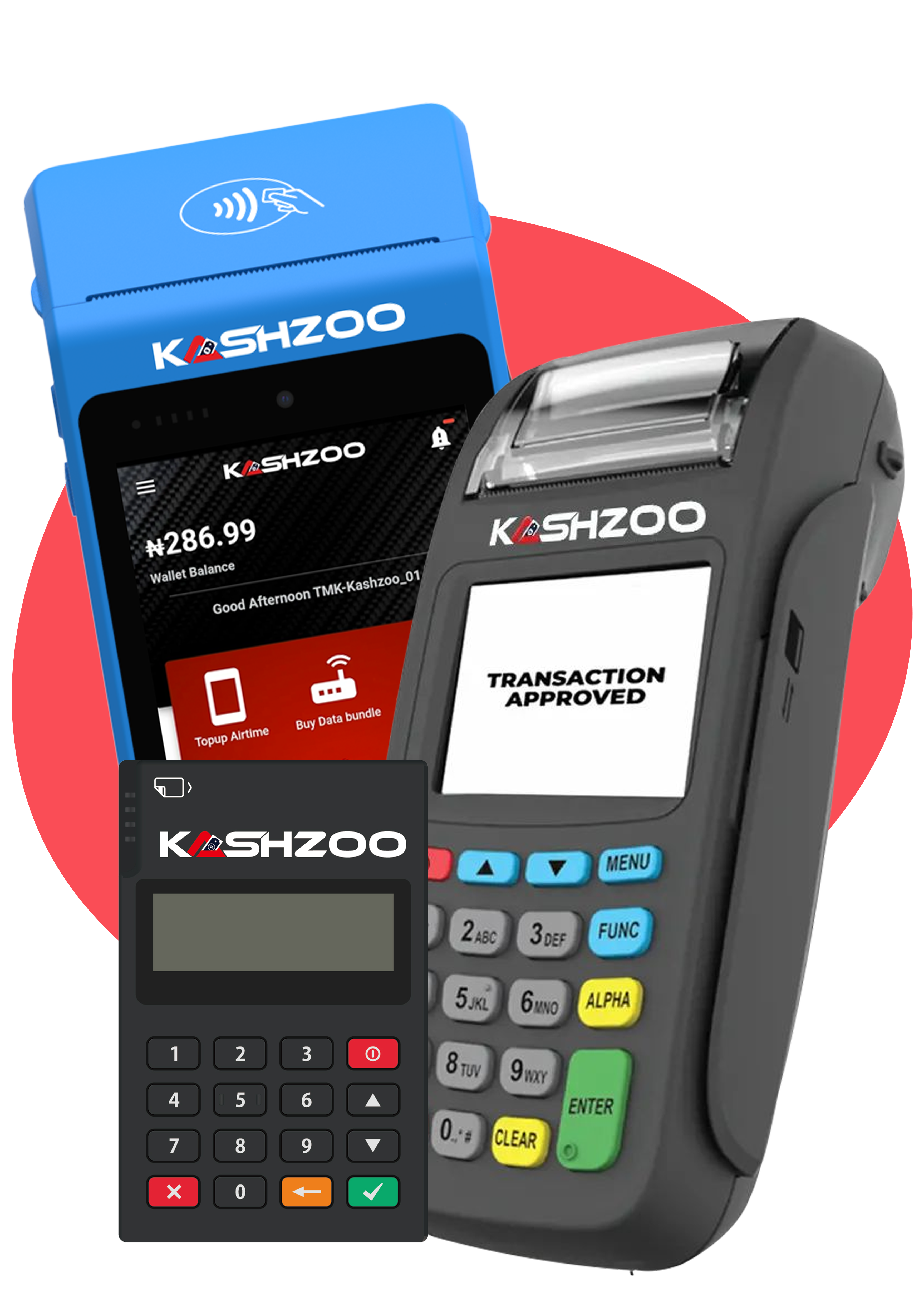The financial world continues to experience exponential growth, but despite this, access is still often the dividing line between inclusion and exclusion. Agency banking has become a game changer in the financial world, ensuring millions of people in unbanked and underbanked have access to banking services. It transforms everyday businesses into access points for essential banking operations, such as cash deposits, withdrawals, bill payments, and account opening. Agency banking not only acts as a bridge between financial institutions and the unbanked but also as a powerful distribution pipeline to unlock new financial services. This post will reveal various distribution pipelines and how agency banking expands them.
Understanding Agency Banking
Agency banking is a model in which banks and other financial institutions engage the services of a third party to carry out certain banking services on their behalf.
Unlocking New Financial Services Through Agency Banking
Agency banking does more than provide basic financial services. The growth of the network of agents has spurred the creation of new and innovative financial products, allowing financial institutions to design and release products tailored to the needs of those in underserved communities.
Here are some financial services made available through agency banking;
- Microloans and Microinsurance
Many low-income earners and people in areas without access to traditional banks and who can not access loans and insurance in traditional banks can now do so with Microloans and microinsurance made available through agency banking. Through agents, financial institutions can offer these services to customers who need small-scale credit for business ventures or insurance for agricultural activities. Agents serve as a local point of contact and make it easier for customers to apply for, understand, and manage these products.
- Digital and Mobile Payments
The rise of digital payments and its success is mainly due to agency banking. Though mobile phone penetration is high everywhere, including rural areas, customers may still not access mobile banking services. Due to the lack of formal banking services, they may be unable to perform mobile money transfers or make digital payments. With the help of agents in such areas combined with digital solutions, people can now access these services faster and with ease.
- Fintech Solutions
More than ever, fintech firms are exploring agency banking to offer a wide range of personalised services since agency banking might need to be explored more. Fintech companies are modifying their products and creating services like mobile wallets, credit scoring, and investment tools. These companies use agent data on customer transactions and behaviour to help them offer targeted financial products. This opens the door to innovations such as data-driven credit assessments, which help even the most underserved customers build credit histories and access new forms of credit.
- Wealth Management Services
Wealth management services may have been for the affluent before the advent of agency banking, but the story has changed. Through agency banking, the services are now available to low-income earners. Agents can offer savings plans, investment opportunities and financial advisory services to customers to help them build wealth.
How Agency Banking Expands Access to the Distribution Pipeline
Below are ways agency banking broadens the scope of financial services;
- Extending the Reach of Financial Services: Taking banking services to the underbanked and unbanked areas, especially in developing countries, by making available tools people need to save and send money.
- Expanding the reach of Financial Institutions: Agents can reach customers in remote areas at a lower cost, which saves financial institutions the cost of setting up physical branches.
- Enhancing Cash Flow and Liquidity: Agency banking is instrumental in maintaining cash flow in local economies. Agents help customers in cash-scarce areas to access cash through the transactions they facilitate. This boosts economic activities, thereby making businesses in rural areas thrive.
Challenges and Solutions in Expanding Financial Services
- Regulatory Limitations: Financial Institutions and agents face restrictive regulatory requirements that slow down the reach of agency banking. Hence, regulatory bodies need to develop a framework that protects consumers and also encourages innovation in financial services.
- Infrastructure Limitations: Lack of basic infrastructure, such as reliable internet and electricity, that enhances advanced financial services, limits agents’ ability to offer digital services in remote areas. Designing products that are less dependent on such infrastructure will go a long way to expand the reach of agency banking.
- Trust and Awareness: In areas with low financial literacy, gaining customers’ trust in agency banking may be challenging. Potential customers would rather spend money and time going to physical banks to carry out basic financial transactions. Financial institutions can partner with local stakeholders and invest in financial literacy programmes to educate people.
Our Take
At Kashzoo, we believe that the future of agency banking as a financial services distribution pipeline is certain. Financial services will continue to evolve, and agency banking will remain a major distribution channel that unlocks new opportunities. There will likely be stronger partnerships among financial institutions, fintech companies and local agents that will bring about a wider range of financial services to reach the most remote areas. Integration of emerging technologies such as artificial intelligence, blockchain and data analytics will bring more personalised services, faster transactions and better security that will ensure maximum customer satisfaction in agency banking.




What do you think?
It is nice to know your opinion. Leave a comment.